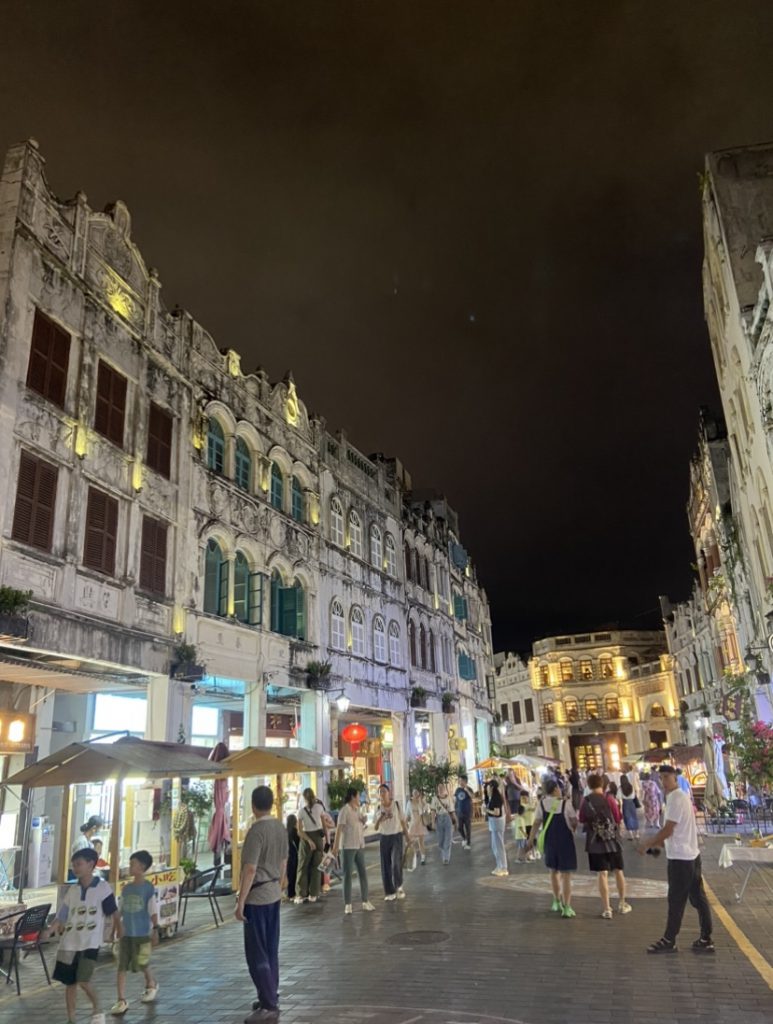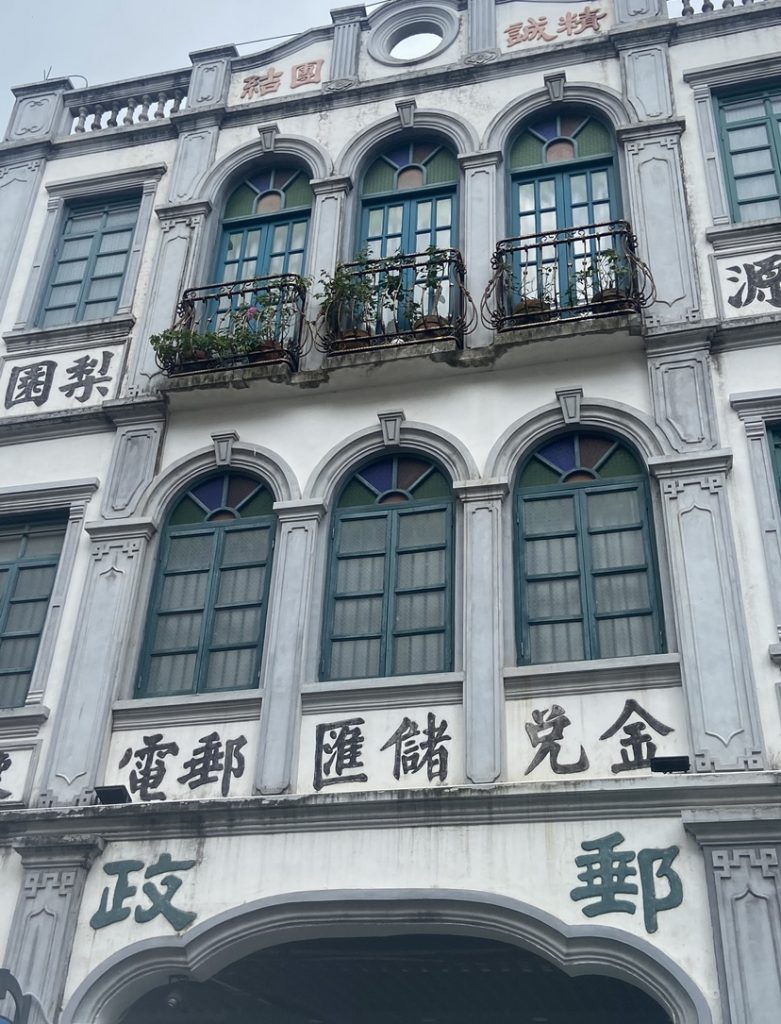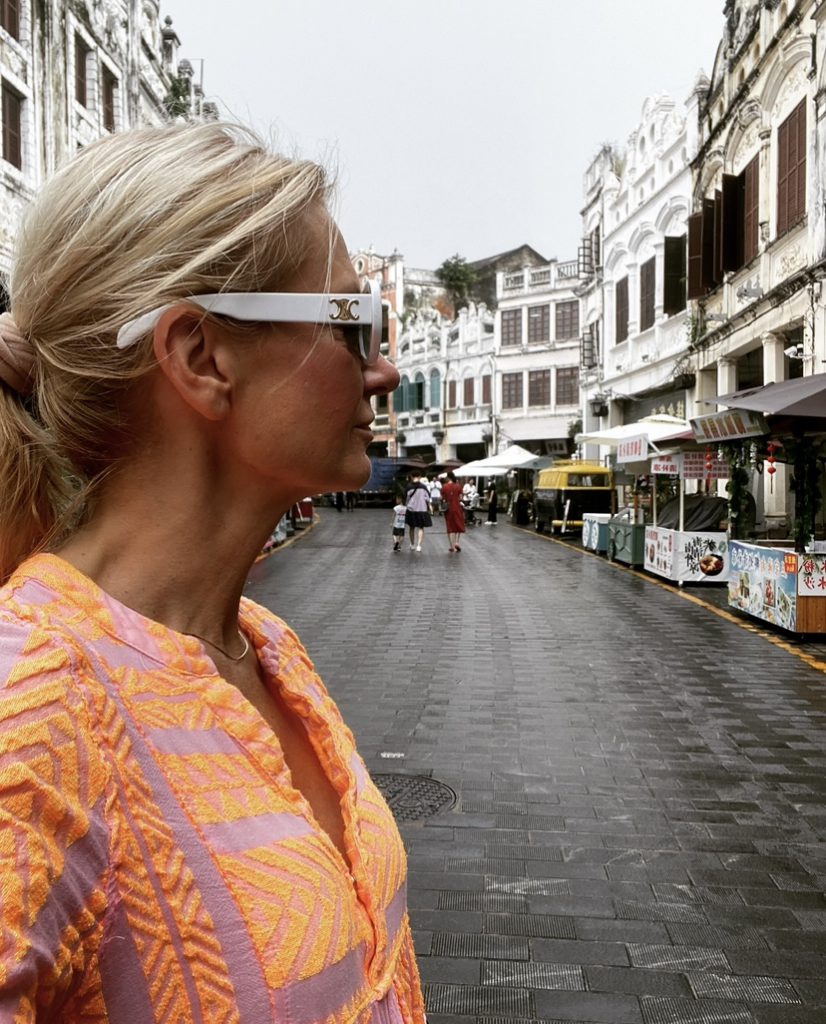Nestled along the serene coastlines of Hainan Island, the city of Haikou unveils a hidden treasure trove that harkens back to a time when European influence left an indelible mark on the landscape. As modernity races forward, the old European buildings in Haikou stand as captivating relics of a bygone era, offering a glimpse into the island’s rich history of cultural exchange and architectural fusion.
A Walk Through Time: Old European Architecture
Haikou, known as the “Coconut City,” presents an unexpected juxtaposition of architectural styles, with the most intriguing being the remnants of European architecture from the late 19th and early 20th centuries. Amidst the lush tropical surroundings, one can stumble upon elegant edifices that pay homage to European design sensibilities.
These buildings, which once served as consulates, trading offices, and residences for foreign merchants, showcase an array of architectural influences. From neoclassical facades reminiscent of Parisian elegance to colonial structures reminiscent of British, Dutch, and French settlements, each building tells a story of cross-cultural encounters and the global interconnectedness of the time.
Historical Significance and Cultural Exchange
These old European buildings serve as tangible reminders of Haikou’s role as a bustling port and a hub of international trade. During the late 19th century, as China opened its doors to the world, foreign merchants from various European countries flocked to the island, bringing with them their distinctive architectural styles. The French Concession and British Consulate, Dutch trading houses, and other European influences are etched into the facades of these buildings, capturing a moment in history when East met West.
The architecture not only reflects European aesthetics but also incorporates local elements, resulting in a unique fusion of styles that embodies the spirit of Haikou’s cosmopolitan past. These buildings bear witness to a time when the city was a melting pot of cultures, languages, and ideas.
Preservation Efforts and Cultural Identity
As Haikou undergoes rapid urbanization and development, the preservation of its old European buildings has become a matter of cultural heritage and identity. These architectural gems serve as tangible links to the past, offering a sense of continuity in a rapidly changing world. Efforts to restore and maintain these structures are crucial in safeguarding the city’s history and connecting future generations to their roots.
Preserving these buildings isn’t just about bricks and mortar; it’s about honoring the stories they hold within their walls. Each arch, column, and balcony is a testament to the resilience of a city that has weathered the tides of time, embracing the echoes of foreign influence while forging its own distinct identity.
A Journey of Discovery
For visitors and locals alike, a leisurely stroll through the streets of Haikou unveils a captivating journey of discovery. The old European buildings, with their weathered facades and ornate details, beckon curious minds to delve into the narratives of the past. As you meander through these architectural treasures, take a moment to imagine the footsteps of traders, diplomats, and explorers from France, Britain, the Netherlands, and other European countries who once graced these corridors.
In Haikou, the past gracefully coexists with the present, inviting us to pause and reflect on the intricate tapestry of history that has shaped the city. Amidst the bustling modernity, the old European buildings stand as living testaments to the enduring spirit of cultural exchange and the timeless beauty of architectural artistry.
Who built the buildings?
They were primarily built by European architects, engineers, and construction workers who were either employed by European trading companies, consulates, or governments. These buildings were constructed during the late 19th and early 20th centuries, a time when foreign powers had established a significant presence in the city due to its strategic location as a port.
Various European countries had consulates, trading offices, and settlements in Haikou, which led to the construction of a diverse range of architectural styles. Some of the notable European countries associated with the construction of these buildings include:
France: The French Concession in Haikou, similar to the one in Shanghai, had a distinct architectural influence. French architects and designers contributed to the construction of buildings with neoclassical, Beaux-Arts, and French colonial styles.
United Kingdom (Britain): British traders and colonial authorities were present in Haikou, leading to the construction of buildings with colonial architecture. The British influence often manifested in buildings characterized by stone facades, colonnades, and archways.
Netherlands (Dutch): Dutch trading houses and businesses played a role in Haikou’s international trade, leading to the construction of buildings influenced by Dutch colonial architecture. These might include features like gabled roofs, large windows, and decorative brickwork.
Other European Countries: While France, the UK, and the Netherlands were prominent players, other European countries also had a presence in Haikou. These could include Germany, Portugal, and Belgium, which might have left behind traces of their architectural styles.
It’s important to note that while European architects and designers were involved in these buildings’ construction, they often collaborated with local craftsmen and laborers. The result was a fusion of European architectural elements with local construction techniques and materials, creating a unique architectural landscape that reflects both foreign influence and local context.
The specific individuals and firms responsible for designing and constructing these buildings might have varied, and further historical research and documentation would be needed to provide a comprehensive list of names and details.









